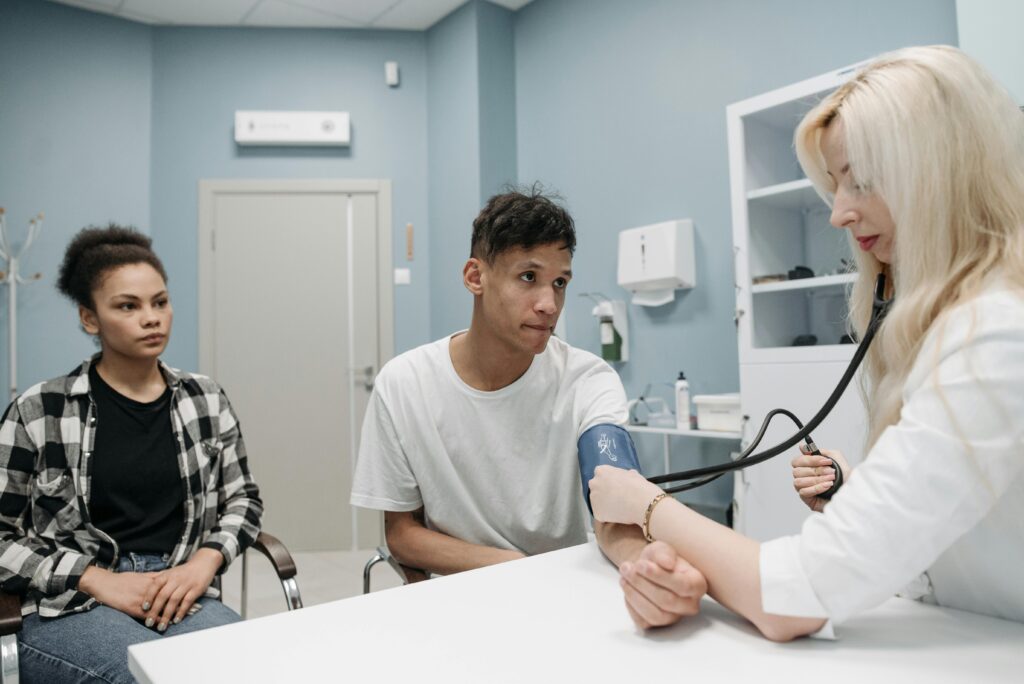Dear friends,
Here’s a quick quiz. Can you name the first racially integrated college in the South, founded 10 years before the end of slavery? This college, which is still in operation, was not only integrated but co-ed, and it has not charged students tuition since 1892. To this day, it recruits only students from families in the lowest 30% of income brackets. It’s ranked in the top 30 of liberal arts colleges by U.S. News & World Report. Students’ average annual family income is under $32,000. Two in three students are the first in their family to attend college.
I’ll reveal the name of this groundbreaking institution in a moment. For now, I want to reflect on what it has to teach us in health care, and what it reveals about the promise, peril, and opportunity we face right now.
The current promise for the Upstream Movement is, at last, plain for all to see. More and more health plans, hospitals, and health systems are working to embed equity and integrate health and social care—a trend accelerated by COVID-19 and social movements such as Black Lives Matter and now codified by an emerging and evolving set of national and state regulatory requirements, accreditation standards, and contract terms. This is a watershed moment, and one well worth celebrating.
The peril is just as pressing but harder to see, because it appears in what’s absent rather than what’s present. As healthcare providers and payers strive to meet new performance measures for healthcare equity and close racial gaps in care, some are fixating on a narrow set of metrics and missing (or avoiding) the broader, transformational implications of equity work. Others are trying to identify racial, ethnic, or linguistic gaps in healthcare performance measures without necessarily challenging or transforming the structures—within our institutions and our society—that put some groups of people in harm’s way in the first place. The risks of tokenism and whitewashing are real. And, at worst, organizations that take a nominal approach to simply meet minimum healthcare equity requirements run the risk of ignoring and unintentionally helping to perpetuate societal practices that harm patients and communities and drive health inequity.
On the journey upstream, even well-meaning leaders risk stopping at the shoreline without plunging into the water—and then considering the job done.
Which brings us to this opportunity moment. We stand at an inflection point where we have a chance to define the next ten years in health care. If we seize it, we can refocus our collective goal beyond merely meeting performance measures to the more powerful, meaningful pursuit of reallocating power and resources to advance equity for real. While working within existing structures and systems, we can also work to counteract the harmful structures and policies (within and outside our walls) that drive health and social inequities to begin with. To help us do this transformational work, it will help to look at and learn from institutions and structures that were built from the ground up to promote justice—designed in their DNA to counteract structural racism and other social arrangements that put people in harms’ way.
That brings me to the answer to the opening quiz: Berea College, in the foothills of Kentucky’s Appalachian Mountains. Founded before the abolition of slavery, its founders were not content to aim for incremental improvements to a harmful system. They were ardent abolitionists and radical reformers, determined to reinvent the system itself. Berea has been, from its inception, a social justice institution that was built to counteract the structural violence of slavery and economic exclusion through education. In health care, what can we learn from institutions like Berea College? When and where have we built health care systems specifically designed to counteract structural violence? Our closest equivalent may be the community health centers that emerged from the war on poverty.
Some resources created by HealthBegins and our partners provide starting points to help leaders seize this moment and demand more than partial measures and incrementalism. See, for example: a blog series about a once-segregated health system that is working to own its history and build a more equitable future; a webinar on redlining and healthcare’s role in counteracting it; a resource library to support healthcare and community partnerships; a toolkit to advance racial equity in primary care; a webinar on undoing healthcare profiteering; and a guide for building community accountability into care.
As Berea College says of its continual efforts to build and nurture a diverse community that by its very nature counteracts some of the country’s most vexing challenges: “We can and must do more. Our history demands it.”
Best,

Rishi Manchanda, MD, MPH.
Featured content
Providing Health Equity for Immigrants in a Time of Crisis
This moment presents an opportunity for healthcare leaders to harness the national attention focused on immigrant care to build investments, policies, and protections to improve care for these communities long-term.
HealthBegins Brief: Addressing Climate Health Inequities With The Community Health Needs Assessment
This HealthBegins Policy and Practice Brief invites every healthcare organization to immediately begin addressing the impact of climate change on health at the community level and with community participation.
Immigration Enforcement in Healthcare Settings: How to Prepare and Respond
Many of our healthcare partners are asking how they should prepare for potential ICE encounters on their premises and respond in the interim to concerns among patients and staff. These questions, answers, and resources provide some guidance.



